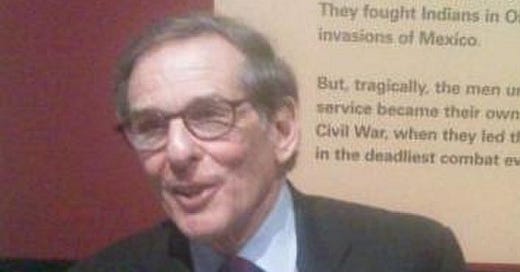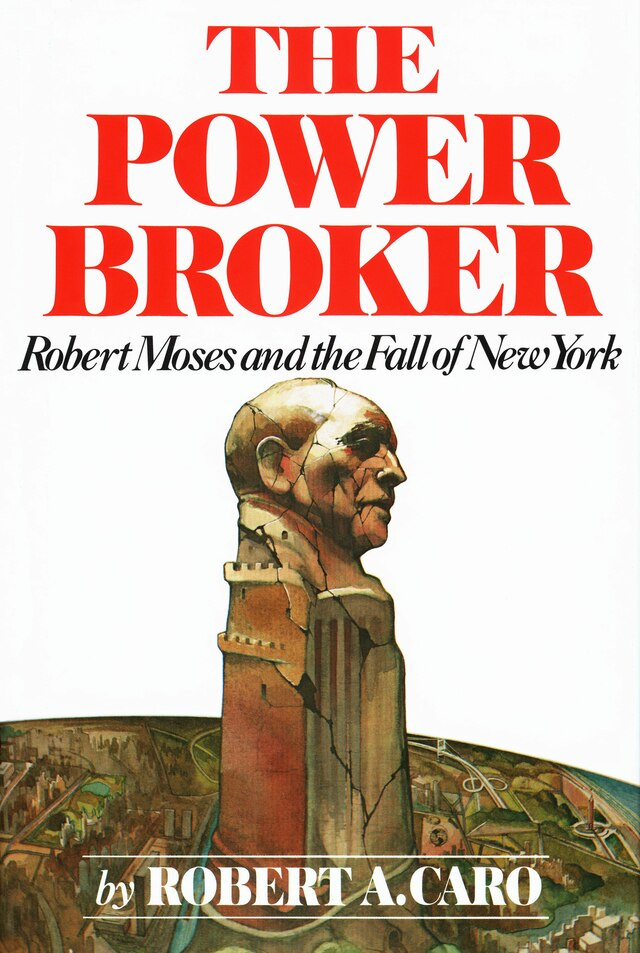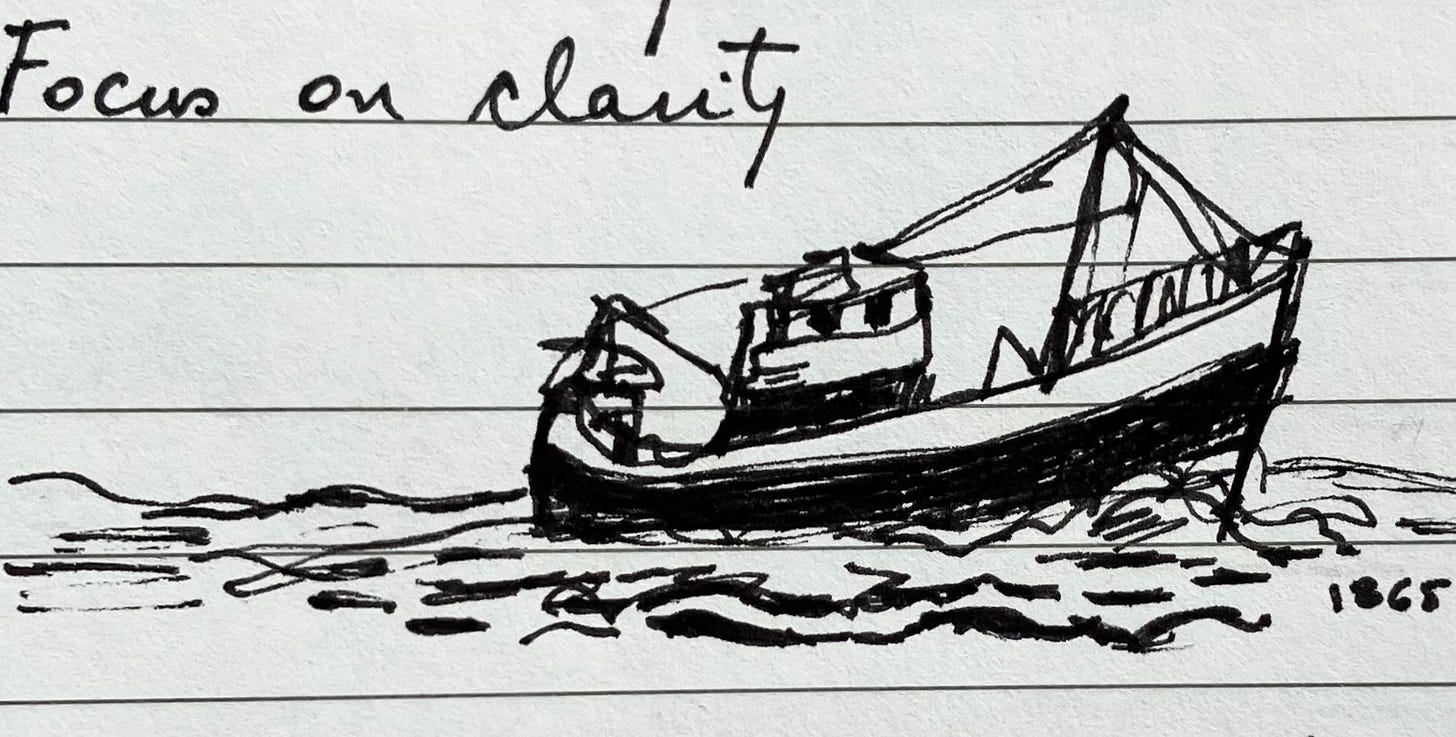
One of the pleasures of the week was reading the recent profile of Robert Caro in Smithsonian magazine: Riffling Through the Archives With Legendary Historian Robert Caro. Written by Chris Heath, the article is accompanied by some great photos by Vincent Tullo.
Heath visits with the famous biographer at the Caro archives located in The New York Historical museum. They also spend some time at Caro’s home. The piece provides some good pointers for writers, which I’m sharing below.
A little background first: Robert Caro is working on the fifth volume of a detailed biography of Lyndon B. Johnson, a mammoth project that he started in 1982 with the publication of the first book in the series, The Path to Power.
He has worked diligently on this historical project for over forty years. The fourth book, The Passage of Power, was published in 2012. At the age of 89, Caro remains meticulous about his research and is completely dedicated to finishing the next book, already over 900 pages long and more than twelve years in the making.
He achieved fame in the early 1970s with the Power Broker, the story of how New York urban planner Robert Moses transformed the city through a series of controversial projects. That work took seven years of research and won him the first of his two Pulitzer prizes.
(I recently wrote about the impact of the book in this post.)
For writers and journalists, the Smithsonian article is full of interesting nuggets and advice on the craft.
Here are some of my takeaways:
Stories are more interesting when they are not just about events that happen to people, but about why people do the things they do.
Writing becomes a lot easier when you know how you want your article or book to end.
Similarly, nothing is quite as effective as a really well-written lede. Caro shares a great anecdote from his days at Newsday when he wrote an article about an attempted suicide by a deaf person.
When interviewing, a reporter should remember to shut up and allow the subject to just talk. People generally don’t like silence and will fill in the gaps with more details.
Robert Caro’s idol was Ernest Hemingway. He wrote his senior university thesis about him.
Unlike Hemingway, who aimed for conciseness and brevity, Caro’s writing is so rich in detail, so intent on painting a complete picture of this subjects that his books are often longer than one thousand pages. (But his fans love him for it.)
Writing is an honorable profession and Caro treats it that way. He puts on a suit and tie each morning and goes to work in an office, much like another famous New York writer, Gay Talese.
My reflection on the future of non-fiction writing: It doesn’t have to be superceded by text increasingly assembled by artificial intelligence. Robots can write chronicles based on internet data, but the most important thing for a non-fiction writer is to focus on humanity, to talk to people. Conversations and in-person interviews are unique and cannot be replaced by AI.
~~~
With recent thoughts about the importance of integrity and how we are sometimes subjugated by people in power who seem to lack a moral compass, I thought I’d share an uncomfortable personal memory that came drifting up this week.
Mr. C
As a boy of about eleven growing up in South Africa in 1972, I was exposed to a teacher who, as I look back now, probably was a sadist. Mr. C. might even have been a sociopath, a wolf among sheep, you might say.
He seemed to relish being tough with his students. His preferred motivating technique was to threaten and mete out punishment with a smile. He was thin, fastidious and uptight. He always wore a neatly pressed suit. He slicked his hair down with gel and kept a meticulously trimmed mustache. My friends and I were afraid of him because he would sometimes fly into fits of rage, foaming at the mouth.
He kept his distance from the girls under his care, but took a liking to some boys. I was one of them. Perhaps he recognized that I was a dutiful rulekeeper and never stepped out of line in his class. As a “reward”, he would ask for my help after school, doing things like taking inventory of textbooks, for example. I spent many afternoon hours cooped up in a dark and stuffy storage room with him, counting and recounting piles of books. The room had one small window and in the shaft of afternoon light that penetrated that space you could see the motes of dust suspended in the air. Sometimes there was another classmate with me, so I wasn’t always alone. I clearly remember Mr. C’s nails: they were cut to the quick, oddly short. He would licked his fingers to turn the pages of his ledgers and would lean forward, peering through his glasses before carefully annotating figures in the columns. It was an excruciatingly slow process. He seemed to relish the ceremonial nature with which he performed the counting process. Later I would see parallels in some of Charles Dickens’ Victorian-era descriptions of workshops. Fortunately, I was never physically harmed by Mr. C., but for his weirdness I still wonder how he was permitted to teach at an elementary school. Times were different.
He also took on duties coaching sports teams. I played cricket and soccer, and he coached them both.
Even on the hottest days he wore his suit on the dusty sports grounds. He was dangerous, especially at cricket practice. He seemed to delight in challenging us to field the hard cricket balls which he gleefully whipped at our heads. Each catch hurt our hands. We had to stay sharp because any error would have resulted in a serious injury. He would cackle at us, enjoying our distress. For large portions of the practice, he would wield a bat like a samurai sword, twirling it in the air around his wrist and then he would hit the ball hard. Ducking was sometimes the only option.
It’s possible that he just delighted in adopting Spartan methods, toughening us up, adhering to a kind of “school of hard knocks” philosophy. But I don’t think that’s it. It mainly felt like bullying, plain and simple. I never had another teacher like him. I wonder what happened to him.
From my elementary years: 1967-1973
~~~
Sketching
Austin Kleon, a popular writer and artist here on Substack, is a great believer in showing the process of creation, raw and unedited.
Well, for my closing sketches this week I offer this doodle from my notebook, done during the course of an online meeting.
And also this Shelby Cobra, reproduced from a photo of a recent car show in a parking lot.
Thanks for being here. See you next week.
-Renato









